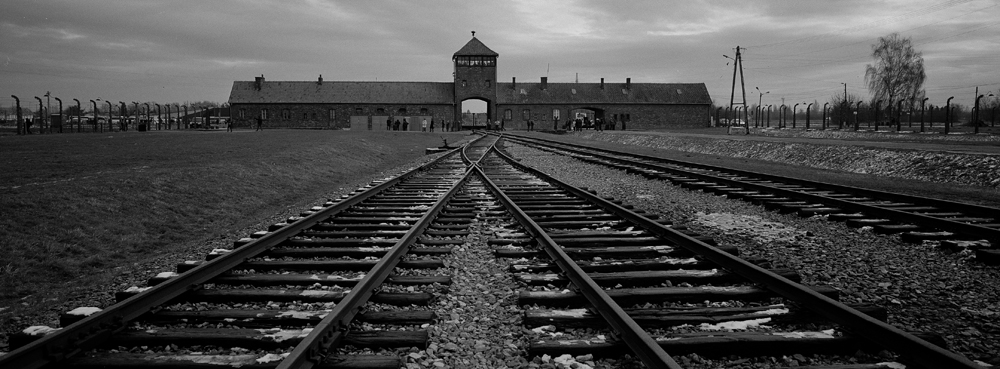On Jan. 27, 1945, the Soviet Red Army liberated the Auschwitz death camp in German-occupied Poland. The Germans had already fled westward, leaving behind the bodies of prisoners who had been shot and thousands of sick and starving survivors.
The Soviet troops also found gas chambers and crematoria that the Germans had blown up before fleeing in an attempt to hide evidence of their mass killings.

The remains of a gas chamber and crematorium at the former Nazi death camp of Auschwitz-Birkenau or Auschwitz II in Oswiecim AP
But the genocide was too massive to hide. Today, the site of Auschwitz-Birkenau endures as the leading symbol of the terror of the Holocaust. Its iconic status is such that every year it registers a record number of visitors — 2.3 million last year alone.
On Monday — 75 years after its liberation — hundreds of survivors from across the world will travel to Auschwitz for official anniversary commemorations. In advance of that, Associated Press photographer Markus Schreiber visited the site. Using a panoramic film camera, he documented the remains of the camp in a series of haunting black and white photos.
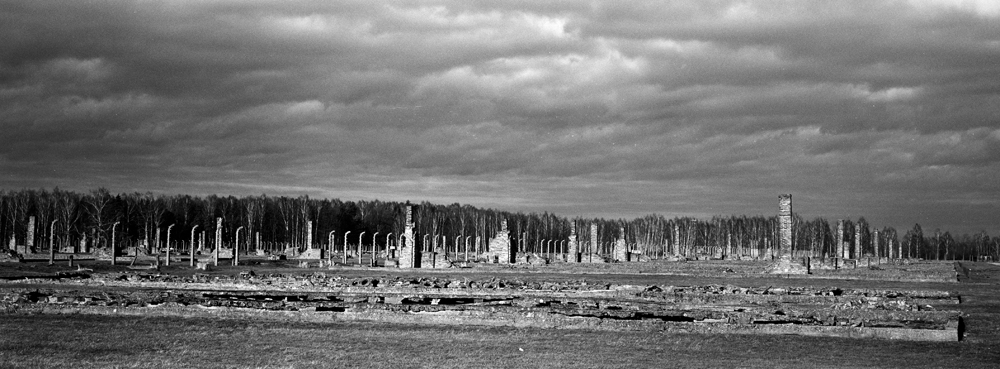
The remains of brick stone chimneys of prisoners barracks inside the former Nazi death camp of Auschwitz Birkenau or Auschwitz II, in Oswiecim AP
Auschwitz today is many things at once: an emblem of evil, a site of historical remembrance and a vast cemetery. It is a place where Jews make pilgrimages to pay tribute to ancestors whose ashes and bones remain part of the earth.
Auschwitz is in fact not one camp, but two: Auschwitz I, built in an abandoned Polish military base, and Auschwitz II, or Birkenau, a much bigger complex that went up later about two miles (three kilomers) away to expedite the Nazis' Final Solution.
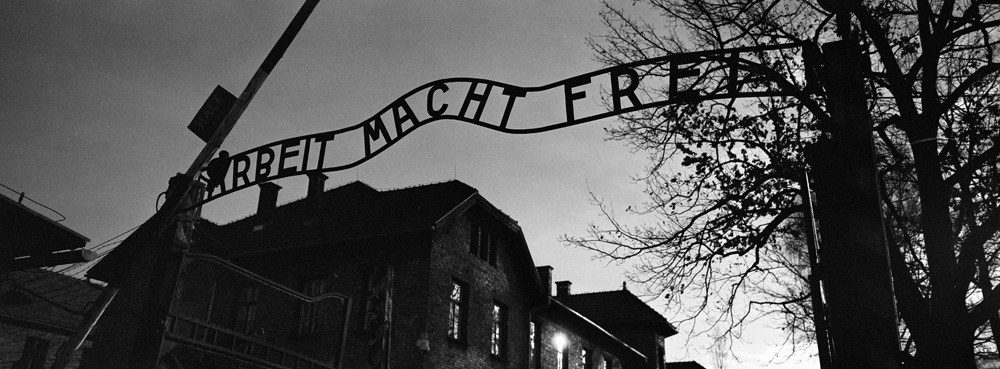
The main entrance at the former Nazi death camp of Auschwitz in Oswiecim, Poland, with the inscription, 'Arbeit Macht Frei', which translates into English as '"Work will set you Free" AP
Early on, Auschwitz I operated as a camp for Polish prisoners, including Catholic priests and members of the nation's underground resistance again the German occupation. Later in the war Birkenau was created for the mass killing of Jews and others who were transported there from across Europe.
Prisoners arrived in cramped, windowless cattle trains. At the infamous ramp at Auschwitz, the Nazis selected those they could use as forced laborers. The others — old people, many women and especially children and babies, were gassed to death soon after their arrival.

An observation tower stands inside the former Nazi death camp of Auschwitz Birkenau or Auschwitz II in Oswiecim, Poland AP
It is Birkenau that shocks more profoundly, a flat, vast space still ringed by the silver birch trees (Birken in German) that gave the place its name. Crematoria lie in rubble but still intact are the rail tracks and watchtowers and some of the barracks where prisoners slept in cold, cramped conditions.
Schreiber's photos show the notorious main gate with the cynical Nazi slogan “Arbeit Macht Frei” — a German phrase meaning “work will set you free.”

View of a wall inside gas chamber one at the former Nazi death camp of Auschwitz I in Oswiecim AP
Today, visitors can also see the suitcases, eyeglasses and other items they brought on their journeys. Especially haunting are the prosthetic limbs: Many of the Jews who were murdered had fought for their homelands, including Germany, in World War I.
At some parts of Auschwitz-Birkenau only dozens of brick chimneys remain on a vast field where once the barracks for detainees stood.
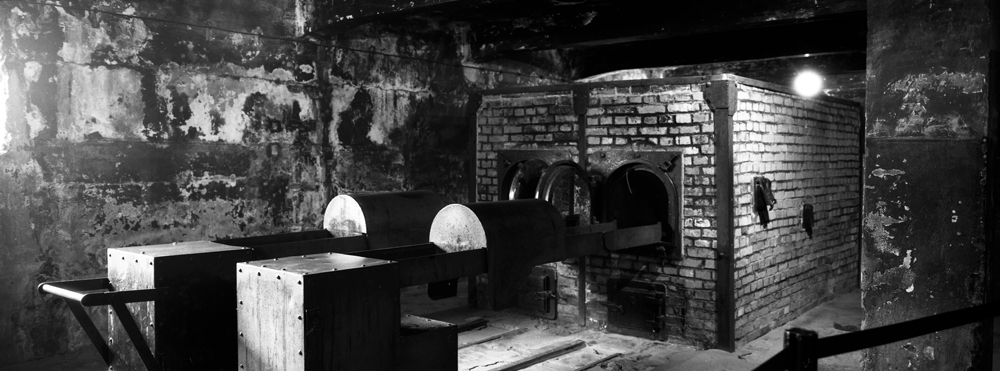
The crematorium near gas chamber one at the former Nazi death camp of Auschwitz I in Oswiecim AP
More than 1.1 million people were murdered by the Nazis and their henchmen in Auschwitz. Most who were killed were Jews, but the victims also included Poles, Roma, Soviet prisoners of war, and others. In all, about 6 million European Jews died during the Holocaust. When the Soviets liberated the camp, they found about 7,000 survivors.
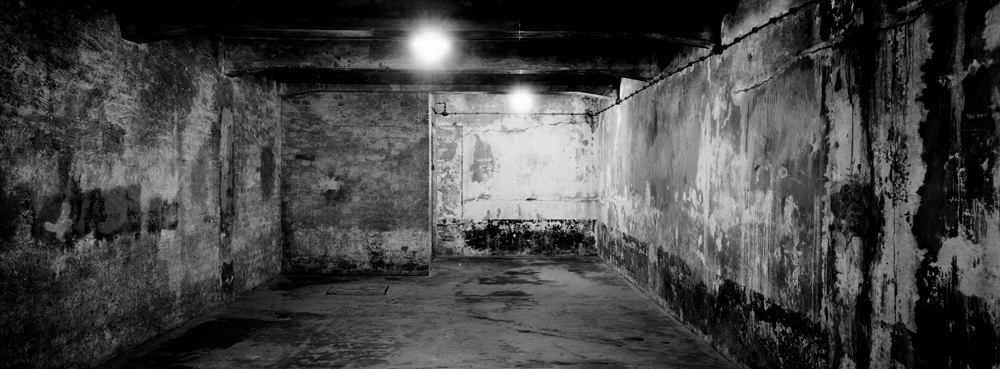
A view inside gas chamber one at the former Nazi death camp of Auschwitz I in Oswiecim AP

